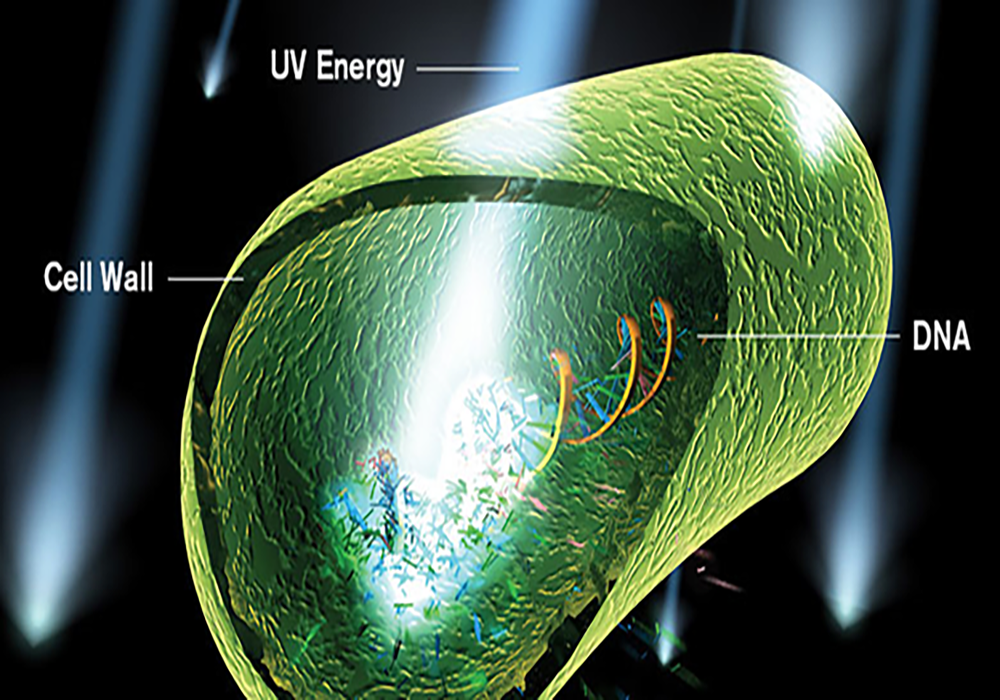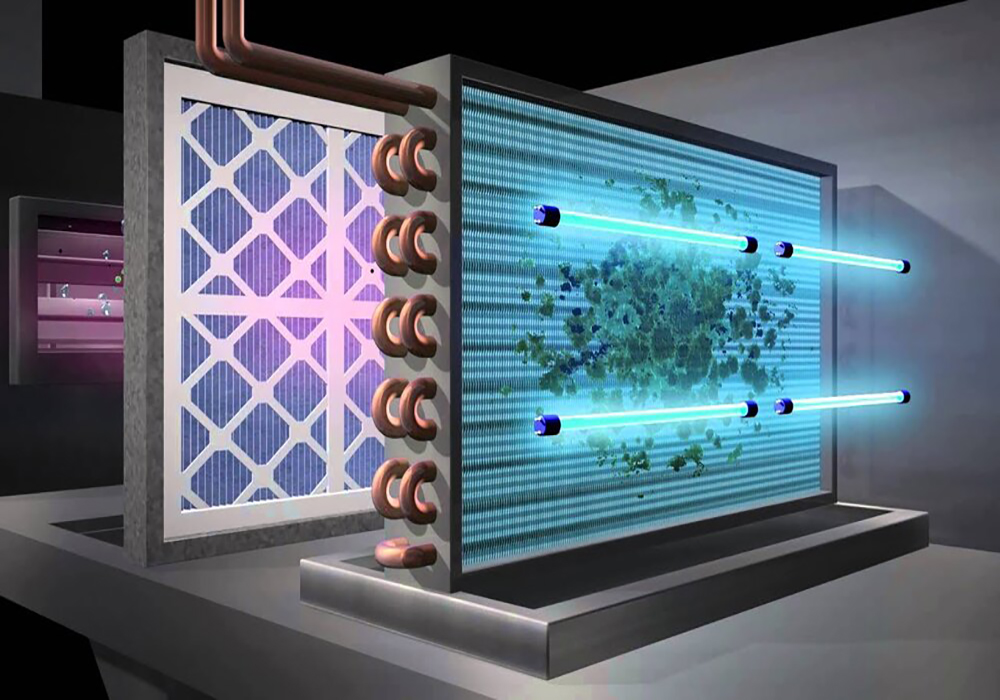When determining the appropriate UV system for a particular water treatment project, UV dosing is an essential part of the process. This makes understanding the fundamentals of UV dosing essential to achieving successful water disinfection by achieving the desired level of microbial inactivation.
In this guide, you can expect to get an in-depth overview of what UV dosage is and how it is used in water disinfection, how to calculate UV dosage using the UV dosage formula, the difference between UV dosage and UV intensity, and finally how UV dosage is used to find the most suitable UV system.
What is UV Dose and How is it Used in Water Disinfection?
UV dose is a measure of the amount of UV energy absorbed by a microbial population over a given period of time, expressed in millijoules per square centimeter (mJ/cm2).

To ensure complete inactivation of the selected microorganism, the UV dose is adjusted to suit each specific water treatment challenge. This is due to the fact that different microorganisms require different UV doses to be completely inactivated. Therefore, this term essentially explains the effectiveness of the applied UV light, as it determines its success in inactivating the microorganism.
This makes it an important tool for engineers and water professionals to design and implement the most effective UV disinfection solutions for a particular challenge. At the very least, it prevents the selection of an oversized UV system, meaning it has unnecessary power for the task.
How to calculate UV dose using formula
Let’s move forward by looking at exactly how UV dose is calculated.
To calculate UV dose, the UV light intensity (measured in mW/cm2) is multiplied by the exposure time (measured in seconds).
The formula for calculating UV dose is as follows:
UV dose (mJ/cm²) = UV intensity (mW/cm²) × Exposure time (seconds)
Example of UV dose calculation
Let’s go through a quick example of how to calculate UV dose.
In this example, we have a UV system with a lamp intensity of 30 mW/cm2 (milliwatts per square centimeter). The water flowing through the chamber will be exposed to the UV light for over 10 seconds.
Now we use the formula as follows:
UV dose (mJ/cm²) = UV intensity (mW/cm²) × Exposure time (seconds)
After filling in the values, our equation will look like this:
UV dose = 30 mW/cm2 × 10 seconds
UV dose = 300 mJ/cm2
As seen, the UV dose in this scenario is 300 millijoules per square centimeter.
The difference between UV dose and UV intensity
Although closely related, it is important to distinguish between UV dose and UV intensity.
In general, higher intensity UV systems can deliver the required UV dose in a shorter exposure time, which makes them suitable for high flow rate applications.
UV intensity refers to the output power of the UV lamp (measured in milliwatts per square centimeter (mW/cm2)), which indicates the amount of UV light available for disinfection.
On the other hand, UV dose is the amount of UV energy absorbed by microorganisms, as it includes both intensity and exposure time.
In other words, UV intensity refers to the output power of the UV lamp at a given time and location, while UB dose refers to the amount of UV energy that microorganisms will receive.

Selecting the right UV system is more complex than simply matching the UV lamp to the water volume. It requires a thorough understanding of the specific water treatment challenge, including UV dosage and, equally important, knowledge of UV transmittance. It is important to recognize that different applications have unique requirements such as different types of microorganisms to target, water quality including %UVT and flow rate.
In this context, several factors need to be considered, such as lamp type (low pressure and medium pressure), reactor design, control system, etc.
Selecting the appropriate UV system for a particular water disinfection challenge requires a thorough understanding of a number of aspects, including evaluation of the following points:
- Adjust the UV dose to suit the target microorganism
Initially, disinfection often involves trying to inactivate a specific type of harmful microorganism. Because microorganisms respond differently to UV light, some microorganisms will require higher doses of UV light to achieve effective inactivation.
- Consider water quality and flow rate
Since the effectiveness of a UV system depends largely on water quality (such as UV transmittance) and flow rate, the selected UV system must be capable of handling the specific water quality conditions. Knowing the % UVT of the water to be treated is essential to finding the optimal UV system. Read more about UV transmittance and its importance for water disinfection here.
- Energy efficiency and operating costs
Although the overall goal is to meet UV dose requirements, this needs to be balanced with selecting the most energy efficient system. Aim to select the UV system that uses the least amount of energy to achieve the required dose, in order to reduce long-term operating costs (OPEX).
- Adaptability
Since water conditions can change over time, consider choosing a UV system that allows you to adjust the UV intensity to reduce energy consumption during certain periods. This feature, known as dose regulation, helps maintain a consistent and effective UV dose to ensure effective UV treatment while preventing unnecessary energy use.
- Regulations
To meet regulatory requirements, ensure that the UV system meets relevant industry standards for the specific application.
- UV system configuration and design
Finally, the size and configuration of the UV system must match the calculated UV dose. Choosing a supplier with optimized reactor design and lamp placement will ensure that the disinfection process is as efficient as possible.
Considering all of these factors means that the selected UV system not only meets the specific requirements for water disinfection, but also maintains its effectiveness and efficiency throughout its life cycle.
If you do not feel completely comfortable evaluating all of these points, you should consult a UV disinfection company to find the UV system that best suits your requirements.
In summary, a thorough understanding of UV dosing is essential to determining the correct UV system for a specific water treatment challenge. Understanding and applying UV dosing allows water treatment companies around the world to provide their customers with the most effective disinfection systems possible while still complying with disinfection requirements.
See more: Is A Dual Water Filtration System Right For You?
To learn more about other powerful and unique water filtration systems distributed by Song Phung, order online at the website https://thietbinganhnuoc.com/san-pham or contact us on our hotline 0913.90.72.74 – 0984.620.494 for further inquiring.
Follow Fanpage: https://www.facebook.com/SongPhungthietbinganhnuoc/ to be updated with new products.


